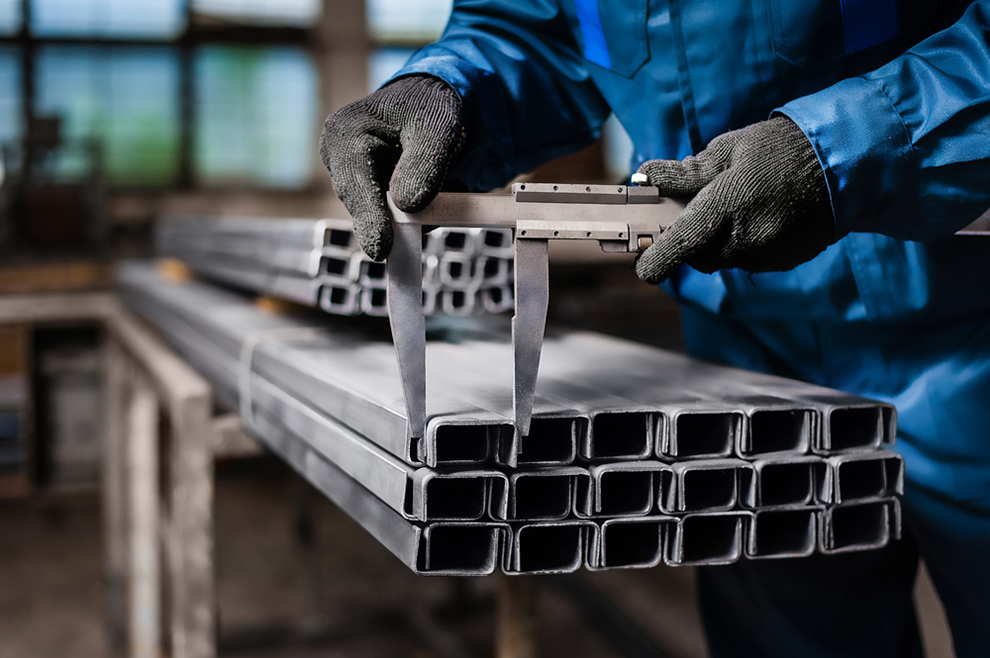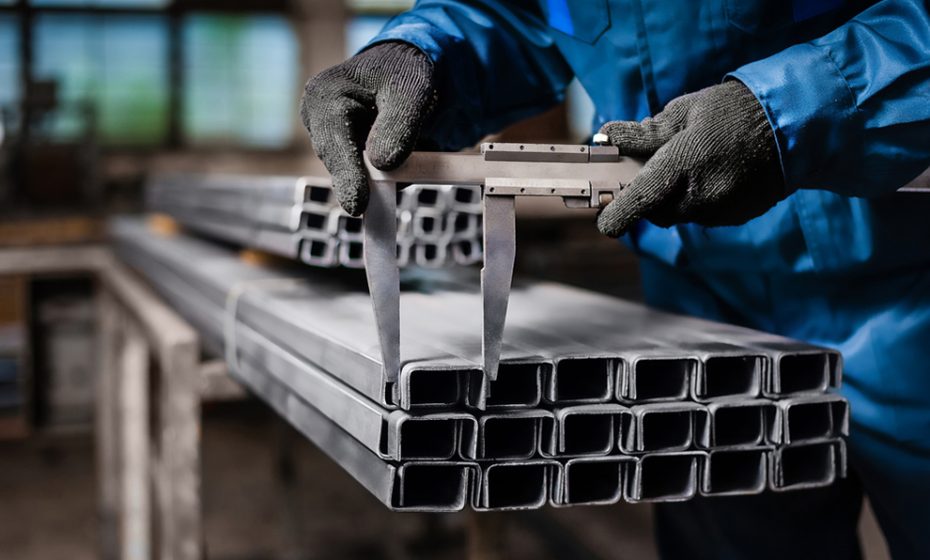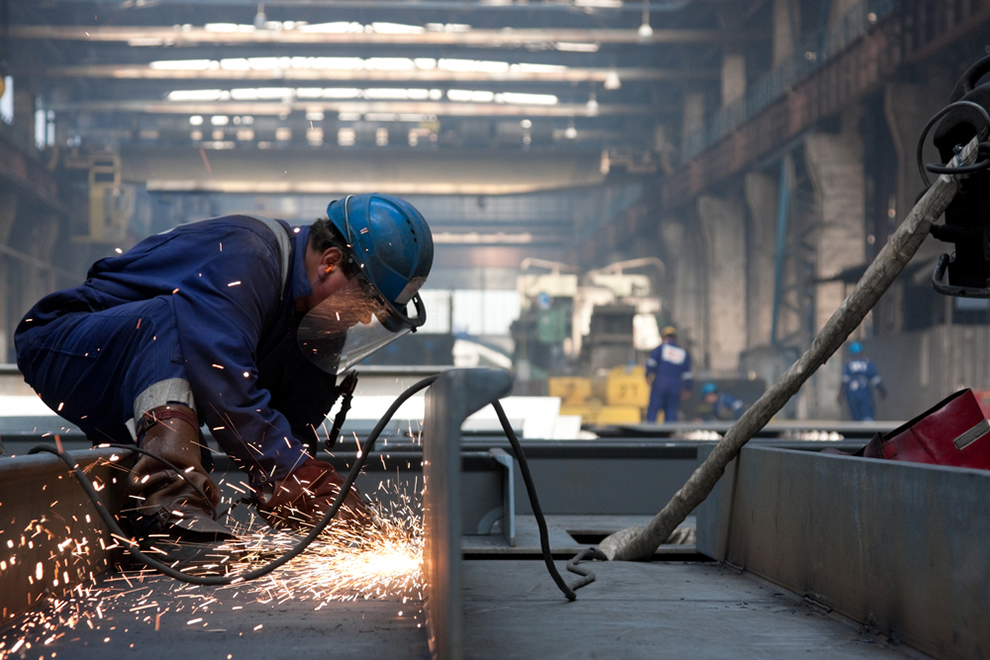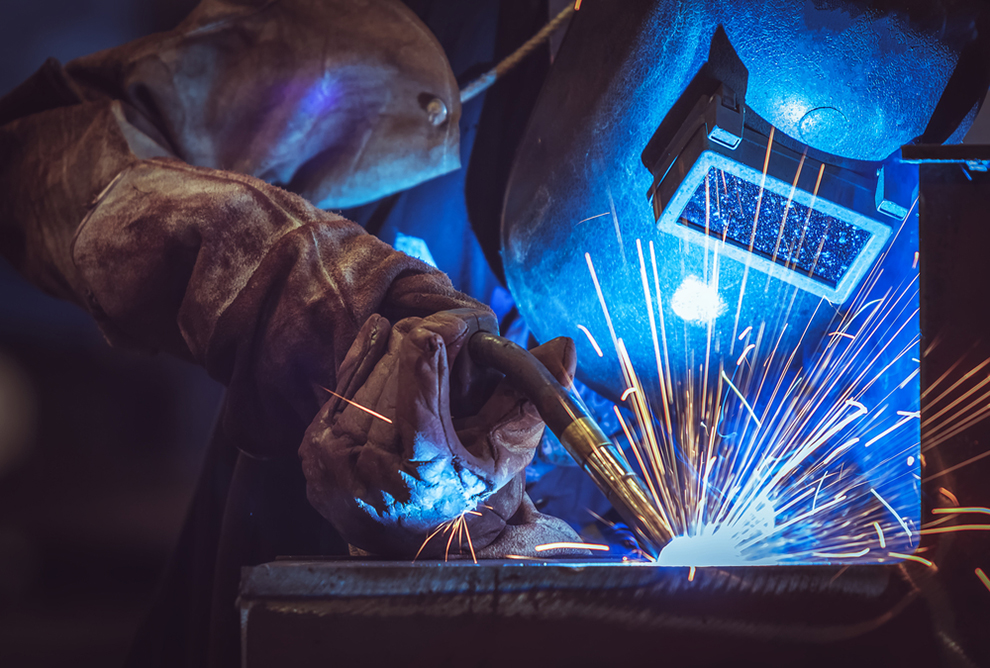
Source: flywish/Shutterstock.com
Logistics for steel fabrication can be an involved process. Experts say the process usually costs three times the cost of the steel itself. You can choose to manufacture the steel yourself or hire a third-party to fabricate components based on your exact specifications. Learn about the different logistics that go into steel fabrication.
What Is Logistics for Steel Fabrication?
Logistics refers to everything that goes into manufacturing, storing and transporting a product so that it’s at the right place at the right time. When it comes to steel fabrication logistics, you’ll have to factor everything you need to design, produce and ship the steel to its final destination. This may include your own manufacturing operations or working with another company.
Use a Pallet Container to Streamline the Fabrication Process
Source: Bogdan VASILESCU/Shutterstock.com
What Is the Need for Steel Fabrication?
There’s more to the steel fabrication process than you may realize. Consider the following when choosing the best approach for your company:
Designing and Prototyping
Every part or component starts with a design. You can take measurements and design the product yourself using a 3-D modeling system or you can hire an outside firm to design a prototype for you. The company will use your measurements or take their own to create a design. You’ll need to approve the final version before it goes into production.
Supplies and Materials
Once you know what you want to create, it’s time to gather your supplies and materials. First make sure steel is the right choice for your product. Learn the difference between galvanized steel vs. aluminum to save money. Raw steel comes in different shapes and forms, including sheets, beams and bars of varying lengths and sizes. Decide how much steel you’ll need based on how many items you’ll need to manufacture. If you hire a third-party to fabricate the steel on your behalf, they may provide a selection of materials for you to choose from.
Raw steel is often shipped and stored in bulk. You will need to use a pallet container to move your materials to the manufacturing site if you plan on doing everything in-house. You’ll also need to invest in the right manufacturing equipment based on how you plan on molding and shaping the steel.
Source: SasinTipchai/Shutterstock.com
Manufacturing Goods
There are several ways to manufacture steel products and goods. Steel fabrication may include cutting, bending, folding, welding, stamping or casting. If you are working with a third party, they will use the most efficient process based on your initial design.
You’ll need to come up with a plan for repeating the process if you plan on making this a permanent part of your business. Look for ways to simplify the process by using various forms of technology. Conveyor belts can move products from one location to the next as workers can repeat the same task. You may want to automate the entire fabrication process to save time and money. This helps you plan the process down to the exact minute.
Order Your Industrial Metal Bins Today!
Shipping and Transportation
Once the product is complete, it will need to make its way to the end user, which may be you or another company or retailer. If you hired another company to manufacture the goods, they should provide updates on the progress of your order. Many retailers and manufacturers let you track your shipments in real-time, so you can adjust your operations if there’s a delay.
If you plan on doing the shipping yourself, it’s best to use industrial metal storage bins when shipping and transporting goods made of steel. Many steel products and parts contain sharp edges that can poke through cardboard boxes and scratch plastic totes. You won’t have to worry about that with metal storage containers. This is one of the most secure ways to ship your products. Your customers will enjoy having the extra peace of mind.
Many Means to the End When Fabricating Steel
As you can see, there are several ways to fabricate steel. It’s better to work with an outside company if you don’t have the necessary experience with this process. These companies often specialize in creating a limited number of custom products. However, you might be better off manufacturing these parts yourself if they are an instrumental part of your business. Keep these considerations in mind as you explore your options.


